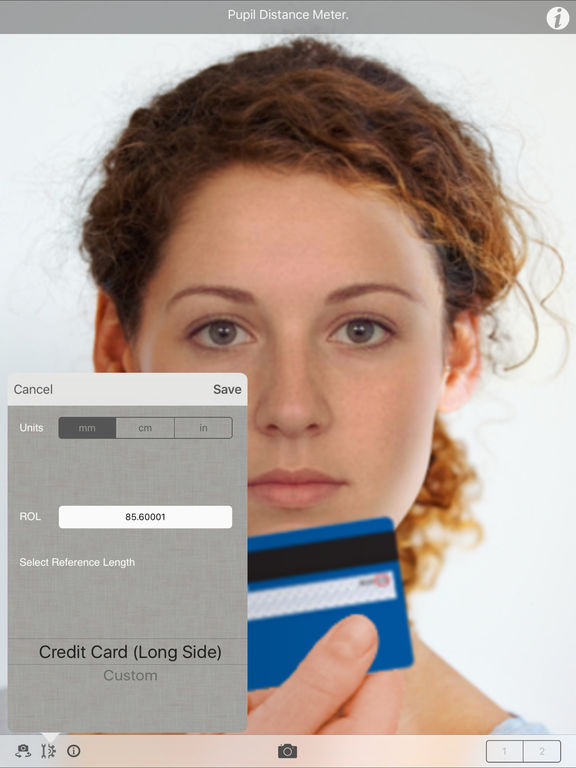
Pupil size was measured, but any interaction between pupil size and myopia control was either not present or not reported in this research abstract.
DOES PUPIL DISTANCE CHANGE TRIAL
7 No methodology was provided on how the BOZD was chosen for each patient.Ī randomized controlled trial 8 fit children with either a 5mm or 6mm BOZD, and found that the 5mm BOZD group exhibited only 0.15mm axial growth over two years, compared to 0.35mm in the 6mm BOZD group. In a retrospective study, it was found that when the pupil size was larger than the BOZD, the patient experienced slower axial elongation. This paper led to the interest in the interaction between the back optic zone diameter (BOZD) of ortho-k lenses, pupil size and myopia control efficacy. They hypothesized that a large pupil allows more myopic defocus shift for the peripheral retina, but did not measure it. One small but influential study reported that orthokeratology lens wearers with larger pupil diameters experienced greater myopia control efficacy than those with smaller pupils.

This depends on the OK lens design as well… Some authors prove that the pupil size did not affect the peripheral refraction while other studies proved that smaller pupil size were associated with myopia increase. How about orthokeratology? LM Even in OK lens, it is a debatable topic. We don't yet have the data available to see how pupil size may interact with visual acuity outcomes in children wearing these contact lenses for myopia control. 3ĭifferent contact lens designs will influence vision outcomes - two studies of the MiSight dual focus concentric contact lens have shown better than 6/6 or 20/20 equivalent, on average, 1,4 while the Biofinity centre distance aspheric +2.50 Add has been shown to need a mean -0.62D over-minus correction for best acuity. In both myopia control and multifocal designs, modelling has shown that a larger pupil size will increase the the area of the pupil covered by the varying focus powers - near and far, but smaller pupils may experience better distance vision. Vision outcomes can also be influenced by pupil size. For reference, the average pupil size in the BLINK study was 5.4 ± 0.7mm in mesopic and 6.5 ± 0.7mm in photopic conditions, in multi-ethnic children aged 7-11 years. 1 The BLINK study, which investigated medium- and high-add aspheric multifocal contact lenses for myopia control, measured pupil size but data has not yet been reported on any relationship between pupil size and myopia control efficacy. The myopia control efficacy of MiSight has been shown to be independent of pupil size. concentric dual focus MiSight and extended depth of focus Mylo), and aspheric multifocal designs which are also used for presbyopia (eg. These are myopia control specific designs (eg.

There are currently two main types of soft contact lenses are used in myopia control treatment on the market. LM … I prefer the concentrate ring designs like MiSight and Acuvue Oasys for presbyopia because of their independence to the pupil size. There are some OK design out there where you can change the size of the treatment zone (BOZD) if the Rx allows…. I would not let it affect your decision to fit lenses. If you only have access to Soft MFs / MiSight, go for it regardless … SD From what I understand from Cooper Vision pupil size is not an issue using MiSight as this was not a factor that was considered in the initial studies.Ĭonsidering that you don’t know the size of the Centre distance in a MF lens zone (moreover you can’t change it anyhow) on a practical level pupil size is negated. small pupils may reduce the OK treatment effect …but this hasn’t been correlated to he myopia control effect in any soft MF studies yet. Effect of pupil size in myopia control contact lenses TA …A multi-ring bifocal may be less affected by pupil size than an aspheric bifocal or an orthokeratology (OK) treatment.


 0 kommentar(er)
0 kommentar(er)
